An Iranian welfare minister recently made some curious comments about poverty rates in Iran that seemed to invite further inspection. Speaking on Islamic Republic of Iran Broadcasting’s Channel 5 TV program "Tehran 20", Dariush Abu Hamzeh, deputy minister for the Ministry of Cooperatives, Labor and Social Welfare, said on January 8, 2022: "The average poverty line in the country is about four million tomans for a family of four and a little more for the city of Tehran — about five million tomans."
Abu Hamzeh admitted this was not a normal situation. "According to international standards, the poverty line is 2,100 kilocalories. That means if one does not have access to this specific amount of calories, that person is considered to be living below the poverty line."
But does an international poverty line standard exist, or is the poverty line in each country determined by the specific circumstances for each of them? What income level will meet the minimum level of subsistence for a family of four? IranWire attempts to answer these questions in this report.
***
What is a Poverty Line, and is There an International Benchmark?
When looking at the poverty line there are two levels or measures to consider. First, there is the level below which an individual does not have access to the minimum necessary food, termed the "absolute poverty line.” Then there is level at which an individual has access to a minimum of basic necessities in addition to minimum food.
When determining the poverty level in each country, the World Bank looks the per capita income in the country, dividing countries into low-income, average low-income, average high-income and high-income countries.
According to this classification, the World Bank lowers the poverty line in low-income countries to $1.9 per person per day, in average low-income countries to $3.20 per person per day, and in average high-income countries to $5.50 per person per day. Income below $1.9 a day is considered absolute poverty in average low-income countries, and income higher than this amount excludes the individual from being classified as living in absolute poverty.
But this is not the only model used to determine the poverty line in countries around the world. The World Bank also considers another model, "Societal Poverty,” to be an effective way of assessing poverty. The World Bank poverty line model follows the World Bank definition:
SPL (Societal Poverty Line) = max ($1.90, 1.00 + 0.5 X median)
There is a third method of analysis too, which uses a multidimensional measurement to determine the poverty line. In addition to calculating access to food, it uses six indicators — measurements of income, academic achievement, access to education, access to drinking water, sanitation and sewage systems, and access to electricity/energy — to determine the poverty level.
What is the World Bank's Assessment of income in Iran?
With what it calculates to be an annual per capita income of between US$1,036 and $4,045, the World Bank categorizes Iran as a country below the median income line. By its calculations, incomes must be at a minimum of $3.20 per person per day for a country to not be considered to be in poverty.
It is important to note, however, that the dollar is not valued at market price but instead in line with the purchasing power of the country’s people. The World Bank's calculation of the poverty line in Iran in 2018 uses a daily income of 57,990 tomans, the equivalent of 18,121 tomans per dollar, as the basis for calculations.
Calculating the Poverty Line in Iran
In a detailed report from 2016, the Iranian parliament’s Research Center described its method of calculation, stating that the absolute poverty line is based on the cost of minimum repetitive basic needs. One of the factors this method specifically looked at was the cost of people’s food baskets, looking at a basket of 2,100 kcal. Once the cost of providing this basket is determined using available data, the food poverty line can be ascertained. Then, using the inverse of the Engel Co-efficient — the share of food expenditure in total household expenditure — provides an estimate for the overall poverty line.
The rationale for using the Engel Coefficient is based on an assumption that other costs a person must pay for will be proportionate to their food costs if those costs are above the poverty line.
According to that report, the poverty line in Tehran is an income of around 770,000 tomans. ”According to the standard used, the first person in each family is equal to 1.0, the second adult is equal to 0.7 and the children are equal to 0.5. So to calculate the absolute monthly poverty line for a family of four in each cluster, we have to multiply the per capita figures by 2.7,” the report reads.
In comparison, in 2016, the Research Center estimated the poverty line in Tehran for a family of four at 2.079 million tomans. In 2019, it was estimated at a little over 4.5 million tomans.
In spring 2020, a Research Center report entitled “A picture of the state of the country's economy: Challenges and solutions,” outlined the poverty line in 2019 as follows:
What is the Poverty Line for 2021-2022?
The answer to this question is not straightforward because accurate information and statistics are not currently available. If calculating the poverty line according to the World Bank formula, it is important to know what the dollar rate is, based on the purchasing power of the people. Because the World Bank says that in a country like Iran with a low per capita average income, the equivalent of $3.20 per person per day determines the poverty line.
So equating the market price of the dollar with its value based on the purchasing power of the people means the average poverty line in Iran in 2021 is equal to approximately $3.2 X 27,550 (dollar price on the open market on January 10, 2022) x 2.7 (family of four people) x 30 days of the month = 7,140,960 tomans. Adding 30 percent for the difference between Tehran and the national average puts the poverty line in Tehran at approximately equal to 9,283,248 million tomans.
No documentation was available to determine the value of the dollar based on the purchasing power of the people for in 2021-2022.
This calculation is somewhat unreliable due to the fact that the value of the dollar is not based on purchasing power. Therefore, it was useful to look at the formula used by the Parliamentary Research Center, which gets its estimate of the poverty line by calculating the food basket to have a value of 2,100 calories plus the inverse of the Engel Coefficient, the share of the food cost in the total household expenditure with a coefficient of 2.7 per family of four (two adults and two children).
The only official document regarding the price of the household basket is produced by the Statistical Center of Iran. Its survey looking at urban and rural household expenditure and income for 2020-2021published by the center's Office of Population, Labor and Census in July 2021 showed that the cost of an urban household, based on the national average, is equivalent to 62,139,200 tomans, that is, 5,178,266 tomans per month. This figure is equivalent to 95,701,600 tomans in Tehran, or 7,975,133 tomans per month.
The Statistical Center of Iran figure does not refer to the value of a food basket with 2,100 calories, but the average cost of food for an Iranian household, which can be higher than the food poverty line. Therefore, the only way to base the calculations on official documents is to take the rate announced by the Parliamentary Research Center in 2019 and estimate it for the year 2021-2022, taking into account the official inflation rate.
The center estimated the poverty line in Tehran in 2019 to be about 4.5 million tomans and the national average poverty line in the same year to be about 2.5 million tomans. So what was the inflation rate for 2020-2021 compared to 2019-2020, and for 2021-2022 compared to 2020-2021?
The Statistical Center of Iran has stated: “Inflation pressure at the end of March compared to March the previous year was close to 50 percent. To be more precise, the inflation rate reached 48.7 percent in March; that means that the country’s households spent, on average, 48.7 percent more than they did March 2019 on purchasing the same set of goods and services."
On the other hand, Tasnim News Agency, quoting the Statistical Center of Iran, reported that the inflation rate reached 35.2 percent in December 2021. In other words, households in the country have spent on average 35.2 percent more than they did in December 2020 for the same set of the same goods and services.
Therefore, taking into account the poverty line presented by the Parliamentary Research Center for 2019 and calculating the inflation rate in 2020 and 2021, it can be said that the poverty line in Tehran in 2020-2021 is about 6,691,500 tomans (4.5 million tomans multiplied by 1.487) and, in the first half of 2021-2022, was about 8,029,800 tomans (6,691,500 multiplied by 1.2).
According to this calculation, the average poverty line across the whole country is about 5,620,860 tomans, taking into account the fact that the household expenses were 30 percent higher in Tehran. However, the Research Center considers the average poverty line in the country to be about 60 percent lower than Tehran, which is not in line with the results presented by the urban and rural household expenditure and income survey for 2020-2021, and is in fact much lower.
According to the center’s calculations, the average poverty line in the country in 2021-2022 is about 3,568,800 tomans.
Iran Metropolis News Agency also reported that the average poverty line in 2021-2022 was about 7 million tomans per month. The agency quoted the Social Security Organization of Iran on April 27, 2021, stating that the poverty figure is even higher, and about 10 million tomans for large cities. This indicates a difference of opinion when it comes to determining the cost of the household basket and when it comes to choosing the method of calculating the poverty line. However, what is clear is that assessing the poverty line from every angle, in Tehran this figure is about 9 million and, when looking at the entire country, it is more than five million tomans.
Conclusion
On January 8, 2022, Dariush Abu Hamzeh, Deputy Minister for Welfare for the Ministry of Cooperatives, Labor and Social Welfare, claimed on the Islamic Republic of Iran Broadcasting Channel 5 TV program "Tehran 20": "The average poverty line in the country is about four million tomans for a family of four and a little more for the city of Tehran — about five million tomans.”
IranWire surveys show that this claim is not in line with the World Bank estimates, or with the data presented by domestic statistical and research organizations, including the Statistical Center of Iran, the Research Center for Iran’s parliament, and the Social Security Organization.
The World Bank ranks Iran at the bottom of the middle-income countries, according to which the poverty line is equivalent to $3.20 per person per day. It is understood that an income below $1.9 per person per day indicates absolute poverty and that the person in question does not have access to the minimum necessary amount of food.
The World Bank considers the following formula for calculating a poverty line:
Income of $3.20 per person per day (in a country like Iran with a low average per capita income).
The World Bank calculates the price of the dollar based on the value of purchasing power.
The Parliamentary Research Center uses the following formula for its calculations in determining the poverty line:
The price of a food basket with a value of 2,100 calories plus the inverse of the Engel Coefficient regarding the share of food cost as part of the total household expenditure with a coefficient of 2.7 per family of four (two adults and two children).
We did not find any evidence of the value of the dollar based on the purchasing power of the people in 2021-2022. We do not have a document that shows us the price of a food basket worth 2,100 calories. Therefore, in calculating the poverty line, we have to base the number of the poverty line in 2019 published by the Parliamentary Research Center as a valid document and calculate it with the coefficient of inflation to reach the poverty line in 2021-2022. With this calculation, the poverty line in Tehran in 2021-2022 will be about 8,029,800 tomans (coefficient of 1.487 inflation rate in 2020 and coefficient of 1.20 inflation rate in the first six months of 2021-2022).
The Statistical Center of Iran, in its calculations of the cost and income of urban and rural households in 2020-2021, considers the cost of the household basket in Tehran to be about 30 percent higher than the national average. Therefore, the rate of the country's poverty line is about 5,620,860 tomans. The Social Security Organization has estimated this number to be higher and about at 7 million tomans.
Therefore, IranWire states that the claims of Dariush Abu Hamzeh, the Deputy Minister for Welfare at the Ministry of Cooperatives, Labor and Social Welfare that the average poverty line in the country is about four million tomans for a family of four, and a little more than five million for the city of Tehran, is not true. This figure could relate to the food poverty line, which is lower than the general poverty line.
Not true: A false statement about a specific new event or something that has not been proven to be true before, using existing facts and evidence.
Related coverage:
Fact Check: Is the Iranian Judiciary Free to Execute Child Offenders?
Fact Check: Is Tehran the Most Expensive Capital in the World to Buy a House In?
Fact Check: Do 90 Percent of Global Drug Seizures Happen in Iran?
Fact Check: Is the Islamic Republic of Iran a "Top" Country?
Fact Check: Is Iran the Medical Hub of Asia?
Fact Check: Does the Islamic Republic Really Fight Corruption?
Fact Check: With SCO Membership Approved, is Iran the 'Fourth Power in the East'?
Fact Check: Is Iran One of the Top Ten Military Powers in the World?
visit the accountability section
In this section of Iran Wire, you can contact the officials and launch your campaign for various problems






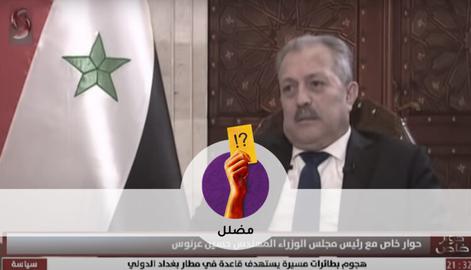

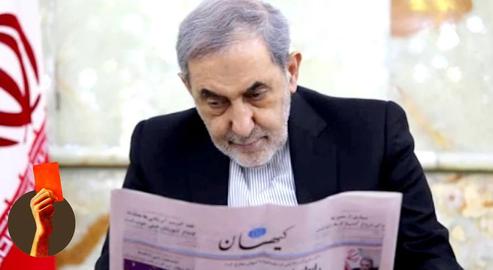
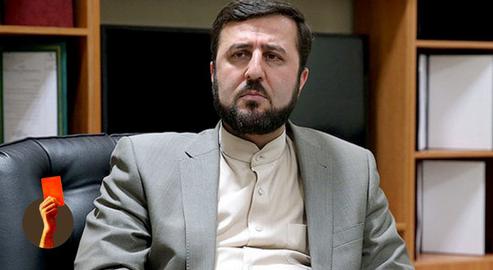
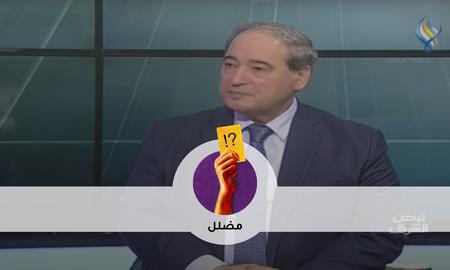
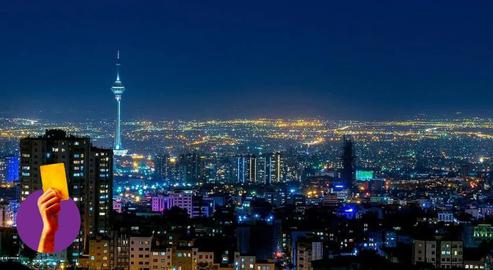
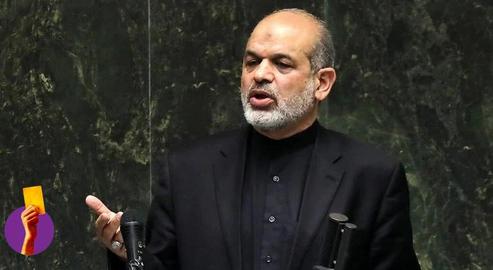
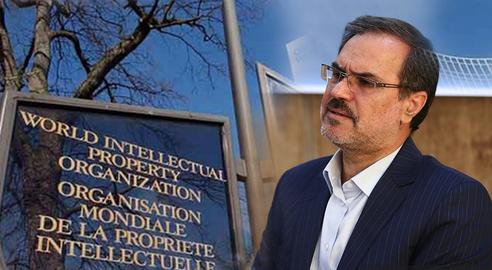
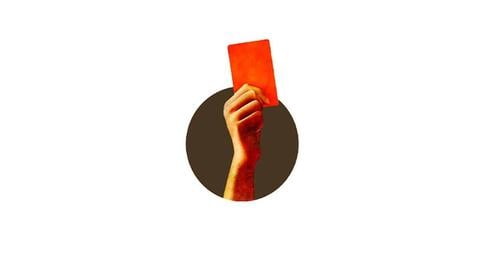

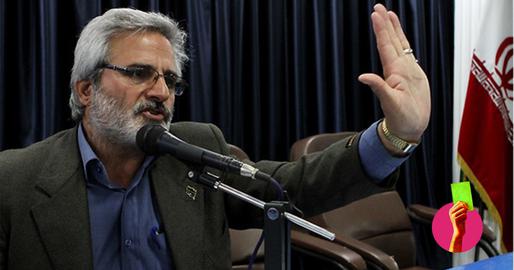
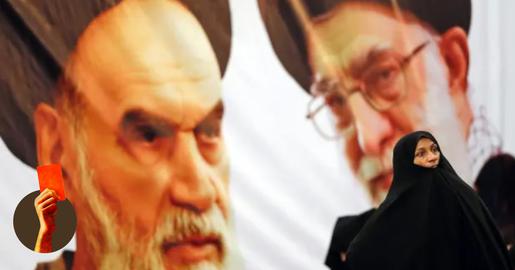
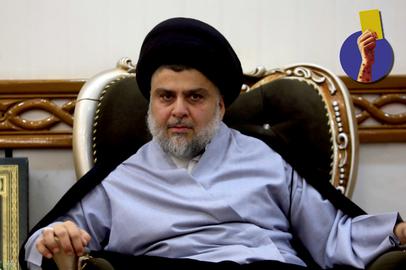
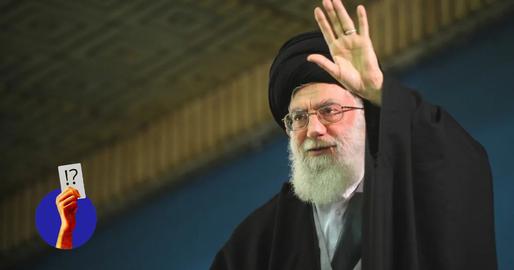

comments